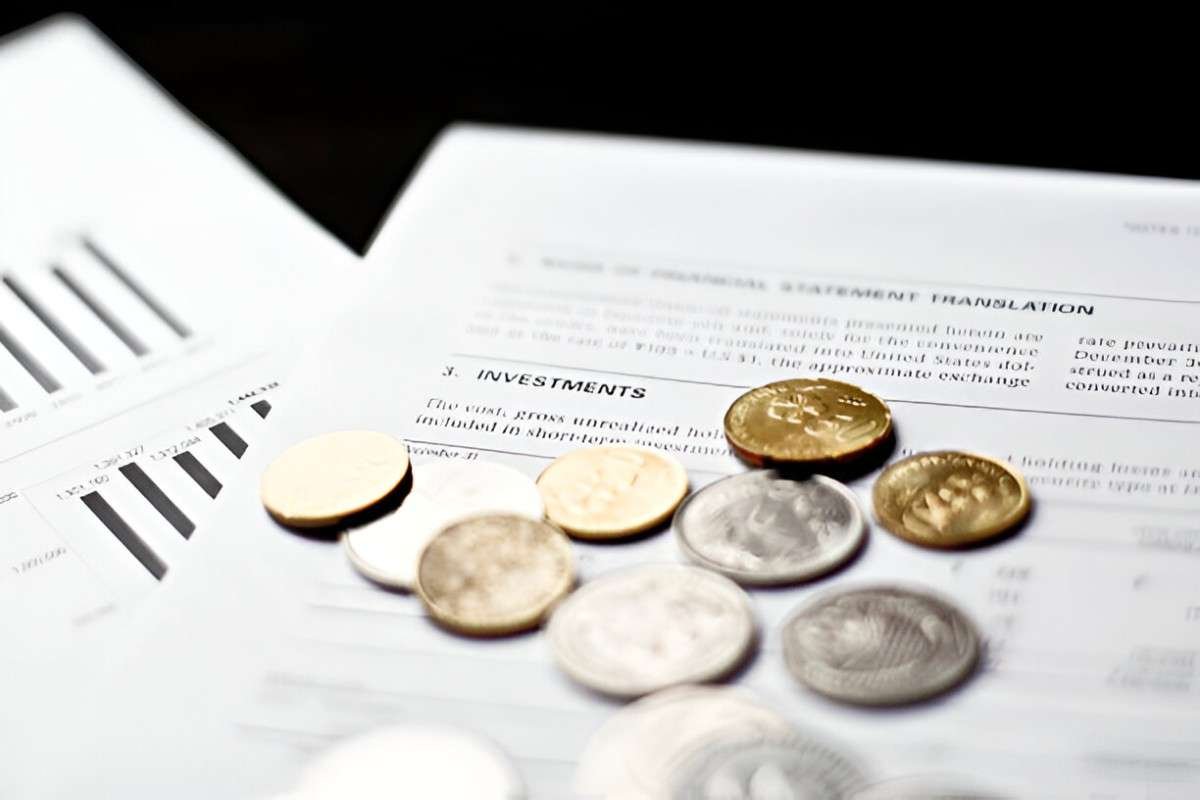When you sell (redeem) mutual fund shares, some funds charge a redemption fee—a penalty designed to discourage short-term trading. Unlike sales loads or expense ratios, this fee isn’t paid to the fund company but goes back into the fund to protect long-term investors. Here’s how it works and why it matters.
Table of Contents
1. Redemption Fee vs. Back-End Load: Key Differences
Many investors confuse redemption fees with back-end loads (deferred sales charges). They’re not the same:
| Fee Type | Who Keeps It? | Purpose | Typical Duration |
|---|---|---|---|
| Redemption Fee | Paid back into the fund | Discourage short-term trading | 30 days to 1 year |
| Back-End Load | Paid to the fund company | Compensate brokers | 1–7 years (declines over time) |
Example:
- A 2% redemption fee means if you sell $10,000 worth of shares, $200 is deducted and redistributed to remaining shareholders.
- A 5% back-end load means $500 goes to the broker/fund company.
2. How Redemption Fees Are Calculated
The fee is usually a percentage of the redeemed amount, applied only if you sell within a specified holding period.
Formula:
\text{Redemption Fee} = \text{Amount Redeemed} \times \text{Fee Percentage}Example Calculation:
- Fund Policy: 1% fee if sold within 60 days.
- Redemption Amount: $50,000
- Fee: \$50,000 \times 0.01 = \$500
Key Factors:
✔ Holding period (e.g., 30, 60, or 90 days)
✔ Fee percentage (typically 0.5%–2%)
✔ Some funds waive fees for automatic withdrawals
3. Why Do Funds Charge Redemption Fees?
A. Prevent Market Timing & Excessive Trading
Frequent buying/selling increases fund expenses (transaction costs, tax inefficiencies), hurting long-term investors.
B. Protect Remaining Shareholders
The fee is reinvested into the fund, offsetting costs caused by short-term traders.
C. SEC Rule 22c-2 Compliance
Since 2006, the SEC allows funds to impose redemption fees (up to 2%) to deter rapid trading.
4. Common Redemption Fee Structures
Funds vary in their rules—always check the prospectus.
Example Fee Schedules
| Fund | Fee | Holding Period | Exemptions |
|---|---|---|---|
| Vanguard Short-Term Bond Index | 0.25% | < 60 days | None |
| Fidelity Contrafund | 1.00% | < 90 days | IRA withdrawals |
| T. Rowe Price Equity Income | 2.00% | < 30 days | Systematic payout plans |
5. How to Avoid Redemption Fees
- Hold shares beyond the penalty period (e.g., 60 days).
- Use dollar-cost averaging (smaller, regular withdrawals may be exempt).
- Check for exemptions (retirement accounts, automatic redemption plans).
- Compare funds before buying—some index funds have no redemption fees.
6. Tax Implications
- Redemption fees are not tax-deductible (unlike capital losses).
- They reduce your proceeds from the sale, lowering taxable gains (or increasing losses).
Example:
- Sale Proceeds: $20,000
- Redemption Fee (1%): $200
- Reportable Sale Amount: $19,800
Key Takeaways
✔ Redemption fees penalize short-term trading (not long-term investors).
✔ They’re different from back-end loads (go back to the fund, not the company).
✔ Always check the fund’s prospectus for fee rules before selling.
✔ Holding past the penalty period avoids fees entirely.
By understanding these fees, you can optimize your selling strategy and avoid unnecessary costs. If you’re a long-term investor, redemption fees shouldn’t affect you—but if you trade frequently, they can add up quickly.





